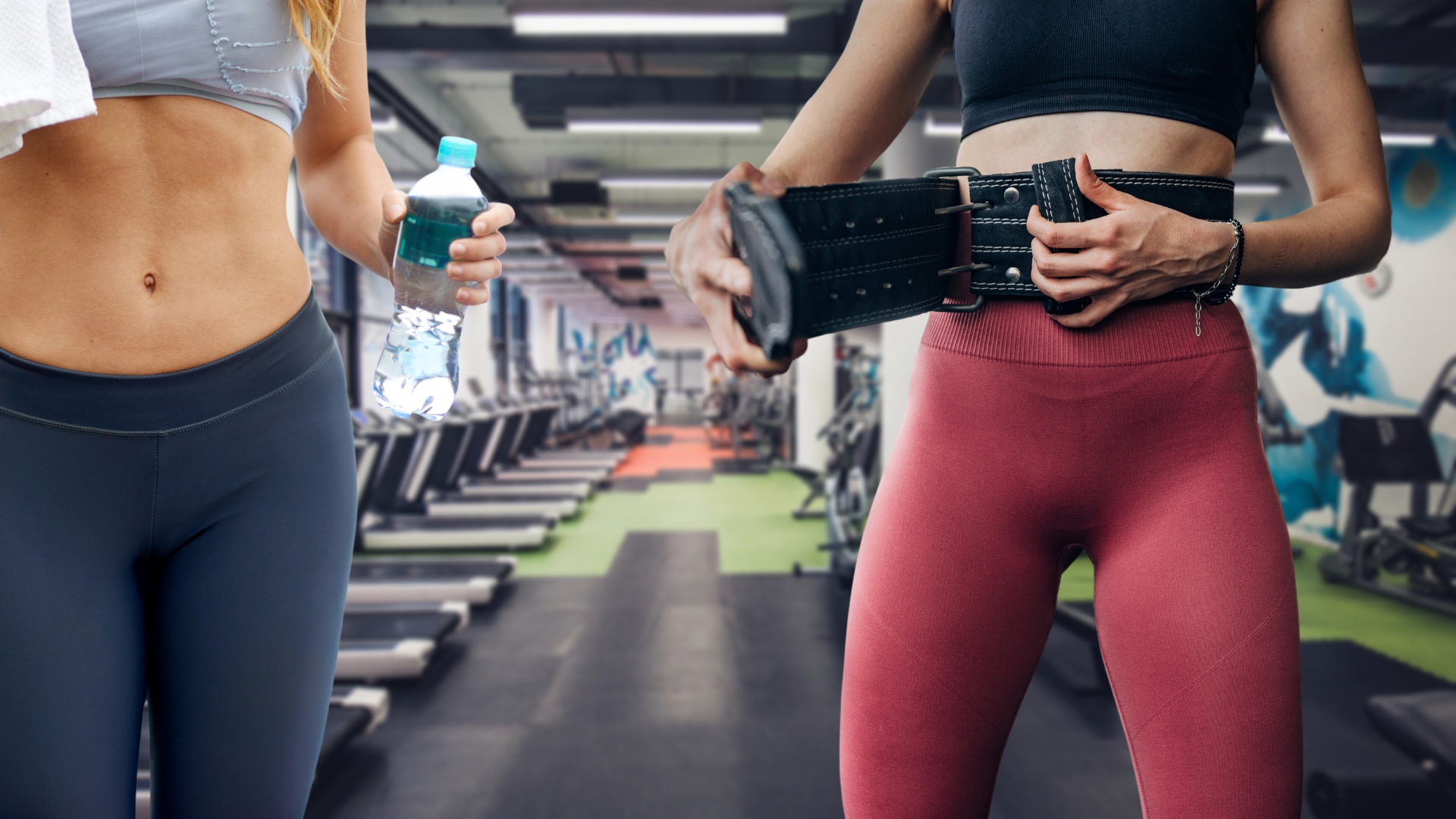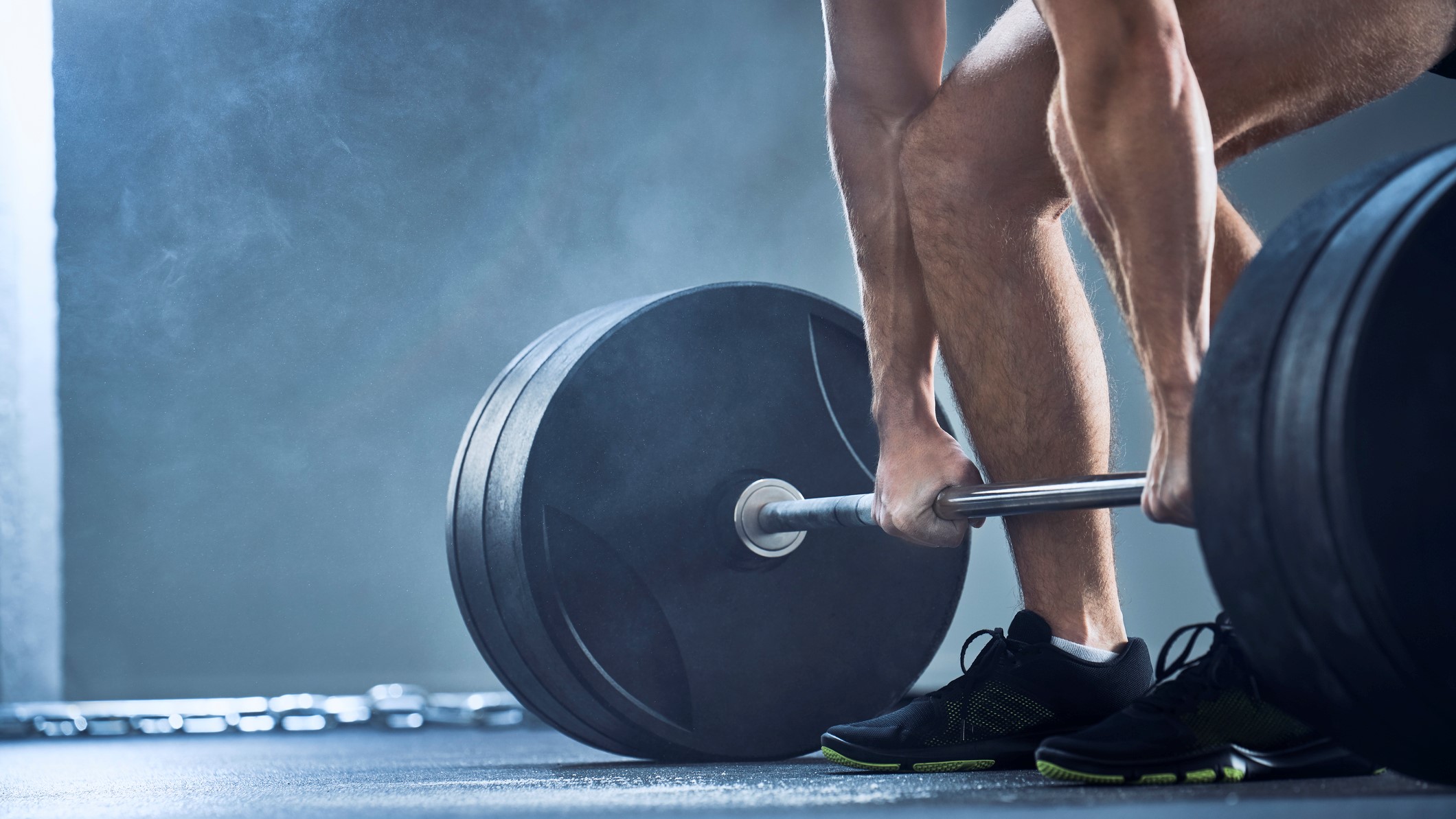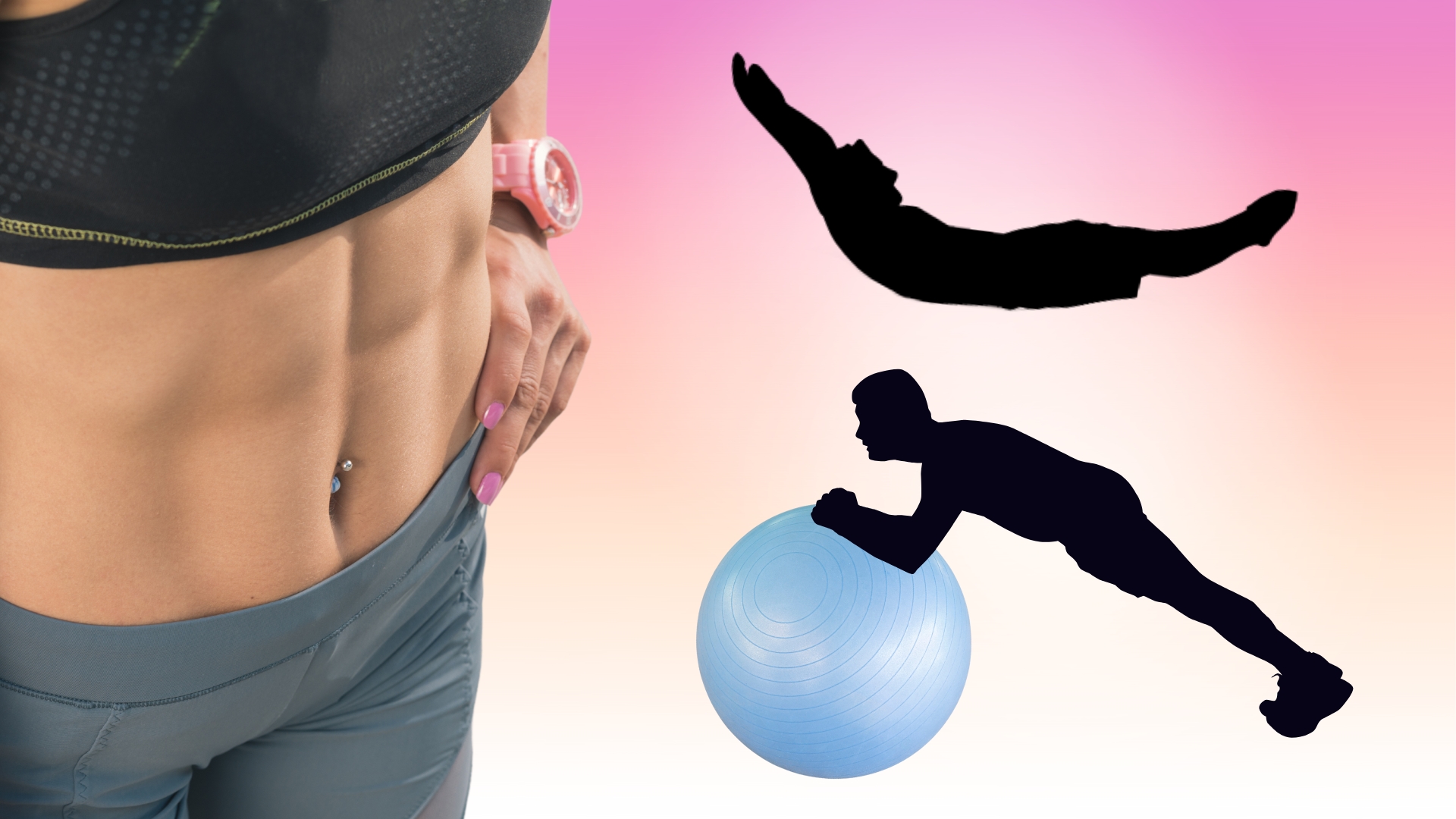Lifting belts: could this gym accessory be limiting your fitness goals?
When you should and shouldn’t belt up in the gym

Have you been wondering if you need to add a lifting belt to your fitness routine? There's a few things you might need to consider before buying one of your own.
Whether you’re a regular at your local gym or a newcomer to fitness looking to learn the ropes, you might have seen someone strapping on a belt to hit the weights and wondered if you need to add one of the best weightlifting belts to your own gym bag.
But a lifting belt isn't the kind of gym accessory that will suit everyone's ambitions in the gym, and understanding when you should and shouldn’t strap a belt on could have a big impact on your fitness goals.
Belt, what is it good for?
To help decide if you need a weightlifting belt, it’s worth knowing what lifting belts are made to do, as the gym accessory is designed primarily with two practical purposes in mind:
First, to help reduce excessive stress on your lower back when lifting heavy weight in an upright position (such as with a deadlift) and second, to also reduce lower back stress by limiting risk of hyperextension during overhead lifts (such as with the military press).

In each case, the goal is to assist with core stability – having the belt step in to help stabilise during especially heavy lifting and save you from potential harm. So if you’re someone who is looking to explore powerlifting and/or perform compound exercises (such as a barbell squat or deadlift), having a belt on hand for your heaviest lifts is an excellent idea.
Even if your goal is more muscle-building or fat loss focused, but you’re still wanting to see how heavy you can lift for compound movements like those listed above, a lifting belt is worth considering as an addition to your gym bag.
Sign up to get the BEST of Tom's Guide direct to your inbox.
Get instant access to breaking news, the hottest reviews, great deals and helpful tips.
But what about for people with other fitness goals that are less focused on lifting especially heavy weights, such as those with fat loss or weight management goals?
While weightlifting belts might be an essential accessory for assisting with core stability during specific exercises at heavy weights, using a lifting belt at lighter weights or for most other exercises (such as a lat pulldown, or bench press) can actually work as an obstacle to the development of your core and overall strength – having an impact both in and out of the gym.
Core stability and strength overall is important not only for your fitness goals, but also for helping you to function and minimise risk of injury or strain in daily life, as the core plays a role in helping with all manner of basic movements including sitting, standing, twisting, bending and more. Since it’s unlikely you’ll be wearing a lifting belt 24/7, building a strong and stable core without one has a lot of value to more than just your goals in the gym.
So, besides not wearing a weightlifting belt for unsuitable exercises or at lower weights, what should you be looking to do instead to build your core?
Steady now
When it comes to building core stability and strength, there is thankfully a lot you can do, and often without any equipment at all.
One valuable exercise worth adding to your routine to help you get started on building a strong and stable core is the hollow hold. For this exercise, you will lie on your back with arms and legs outstretched while aiming to engage your core to where your lower back is as flat as possible to the floor. In this position, you hold for either a set amount of time or for as long as possible until your lower back begins to creep off the floor.
If you find this exercise a little too difficult to begin with, performing an exercise like the dead bug is also a helpful way to get you started not only on strengthening your core, but also on familiarising yourself with how to properly engage it.

As a next step for intermediate fitness fanatics, one piece of equipment that should be a staple is the humble Swiss ball. Exercises such as the plank, side plank and even crunches performed with the Swiss ball are an easy way to up the ante on building core stability, as your core is introduced to a new dynamic which demands that stability to go into overdrive in order to keep you upright and in place on top of the ball.
Similarly, adding some of the best resistance bands to your workout routine is another way of compelling your core to wake up in new ways that will boost your core strength and stability, while also helping push you closer to achieving your overall health and fitness goals.
So unless you’re looking to lift heavy on compound lifts like the barbell squat or deadlift, chances are you’ll be much better off ditching the belt and embracing the crunch instead.
More from Tom's Guide

James is a full-time journalist with the TechRadar Australia team, covering all aspects of tech with a particular focus on phones, TVs and home entertainment, AR/VR, gaming, gadgets, and the web. He has worked for more than six years in broadcast, digital and print journalism in Australia covering a range of topics with a constant eye on and interest in tech developments driving society’s transitions into the future. In his spare time, he can typically be found bouncing between one of a number of gaming platforms or watching anything horror/true crime.
